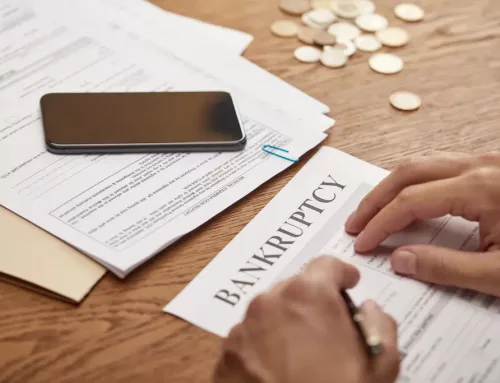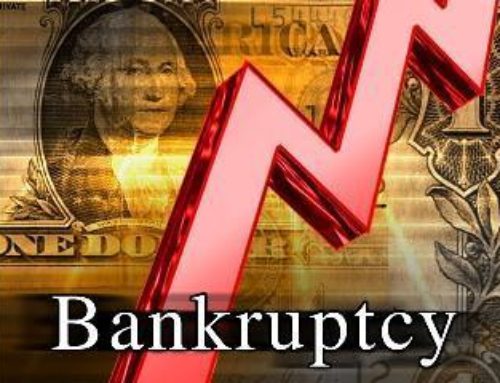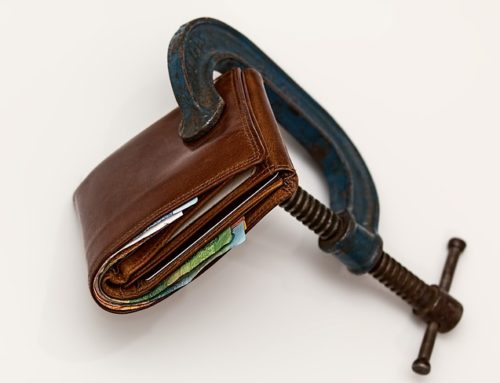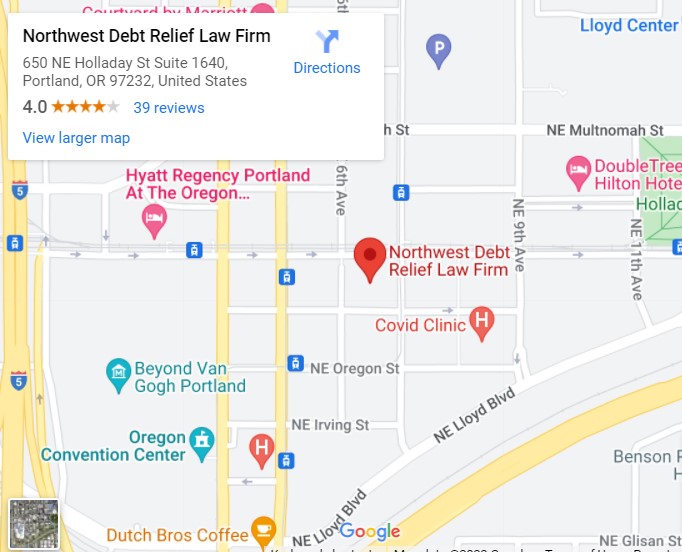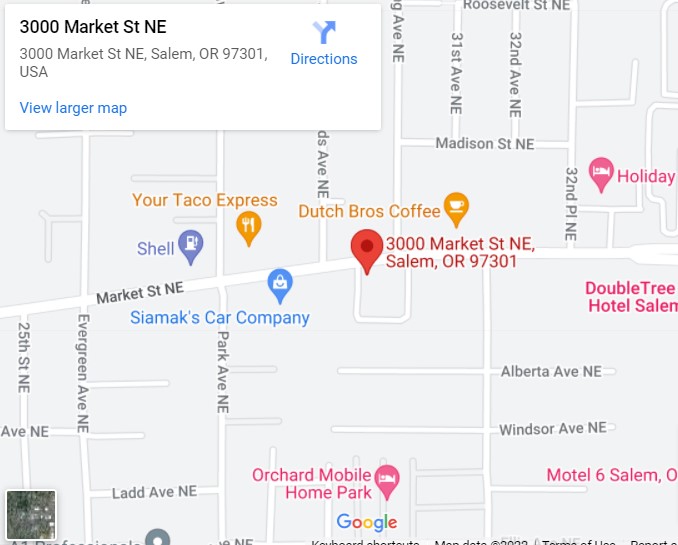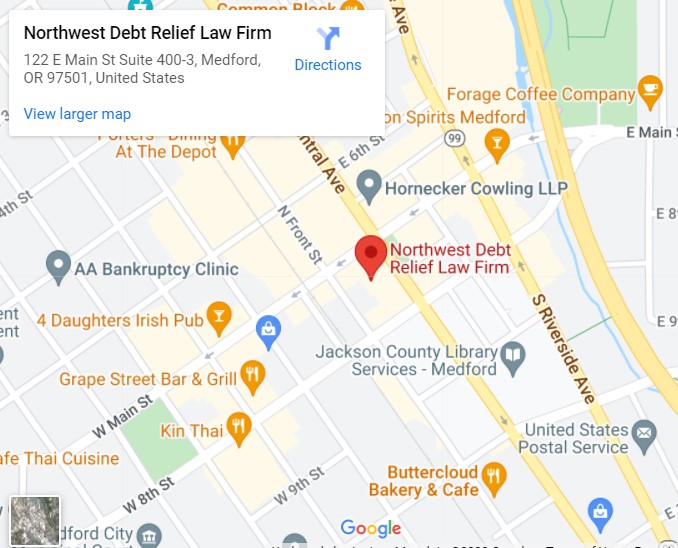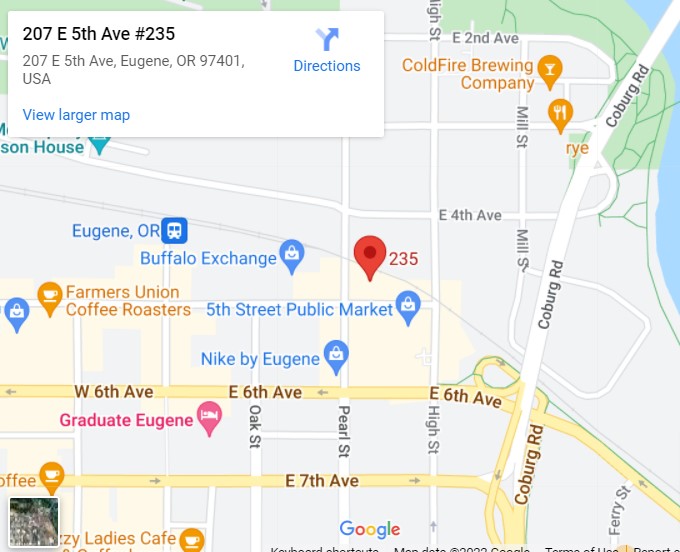 The bankruptcy code is divided into different bankruptcy chapters. For personal bankruptcy, the two most common chapters under which individuals file for bankruptcy are Chapter 7 and Chapter 13. It may seem easier and quicker to file bankruptcy under Chapter 7, but there are many filers who prefer the benefits accorded by a Chapter 13 filing.
The bankruptcy code is divided into different bankruptcy chapters. For personal bankruptcy, the two most common chapters under which individuals file for bankruptcy are Chapter 7 and Chapter 13. It may seem easier and quicker to file bankruptcy under Chapter 7, but there are many filers who prefer the benefits accorded by a Chapter 13 filing.
What are the usual reasons why people choose bankruptcy protection that comes with Chapter 13 bankruptcies?
- To prevent impending repossession, foreclosure, or garnishment from taking place.
The bankruptcy law includes an automatic stay in bankruptcy proceedings. This takes effect in all bankruptcy cases, stopping debt collection efforts, including attempts to repossess your vehicle, foreclose on your house, or garnish your wages. The stay in a Chapter 13 bankruptcy case lasts for years, as opposed to that in a Chapter 7 bankruptcy process, which only lasts months.
- To buy more time to pay back a car loan or catch up on mortgage payments.
Chapter 13 bankruptcy filings allow debtors to pay their debt arrears in installments by making smaller monthly payments to their bankruptcy trustee, who will then distribute the money to their creditors. The goal is to also stay current with the remainder of the debt as the arrears are slowly settled so that when the debtor emerges from bankruptcy, the payments are up-to-date.
- To hold on to property that may otherwise be given up in a Chapter 7 bankruptcy.
It’s possible for people going bankrupt to keep some of their property. It depends on the exemption laws where the bankruptcy petition is filed. Exemptions vary from state to state, so it’s best to consult a bankruptcy lawyer regarding bankruptcy information related to this. At any rate, if you wish to keep your possessions, you may choose to file under Chapter 13 and simply pay the value of your property that is not covered by an exemption. Since the duration of the Chapter 13 payment plan could run for five years, it’s possible that your payments would be very manageable.
- To get rid of certain debts that are non-dischargeable in Chapter 7.
Chapter 13 has something referred to as the “super discharge,” which is a much longer list of dischargeable debts. A Chapter 13 bankruptcy can discharge a debt otherwise sustained in a Chapter 7 petition for bankruptcy. Examples include some tax debts, some government fines and penalties, debts involving embezzlement or fraud, and debts from intentional injury to a person or property.
- To take advantage of the lower payments arranged in a Chapter 13 repayment plan.
It usually turns out that the monthly payment under Chapter 13 is lower than that under Chapter 7. For instance, if you owe $15,000 on a car worth $10,000, you have to pay the full debt under Chapter 7, but only the true value of the car under Chapter 13. It is also possible to strip off a second or third mortgage under Chapter 13, making it unsecured so you don’t have to pay for it.
- To pay less money upfront.
Since attorney fees could be included in dischargeable debt, these are usually collected upfront before filing a Chapter 7 case. With a Chapter 13 case, it can be worked out that only a portion of bankruptcy lawyers’ fees are paid upfront and the rest of it is included in the payment plan. Collectively, it may seem like you’ll pay less to file a Chapter 7 bankruptcy, but it’s also about the feasibility and determining what your funds can handle on a monthly basis.
Help From a Seattle – Tacoma Bankruptcy Attorney
The above, of course, is an oversimplification of how Chapter 13 works. If you’re experiencing financial problems and considering filing for bankruptcy, it is best that you prevail upon the legal services of a bankruptcy attorney so that your specific situation may be reviewed and you can get appropriate counsel. For free legal consultation, call us at Northwest Debt Relief Law Firm to talk to one of our experienced bankruptcy attorneys.

